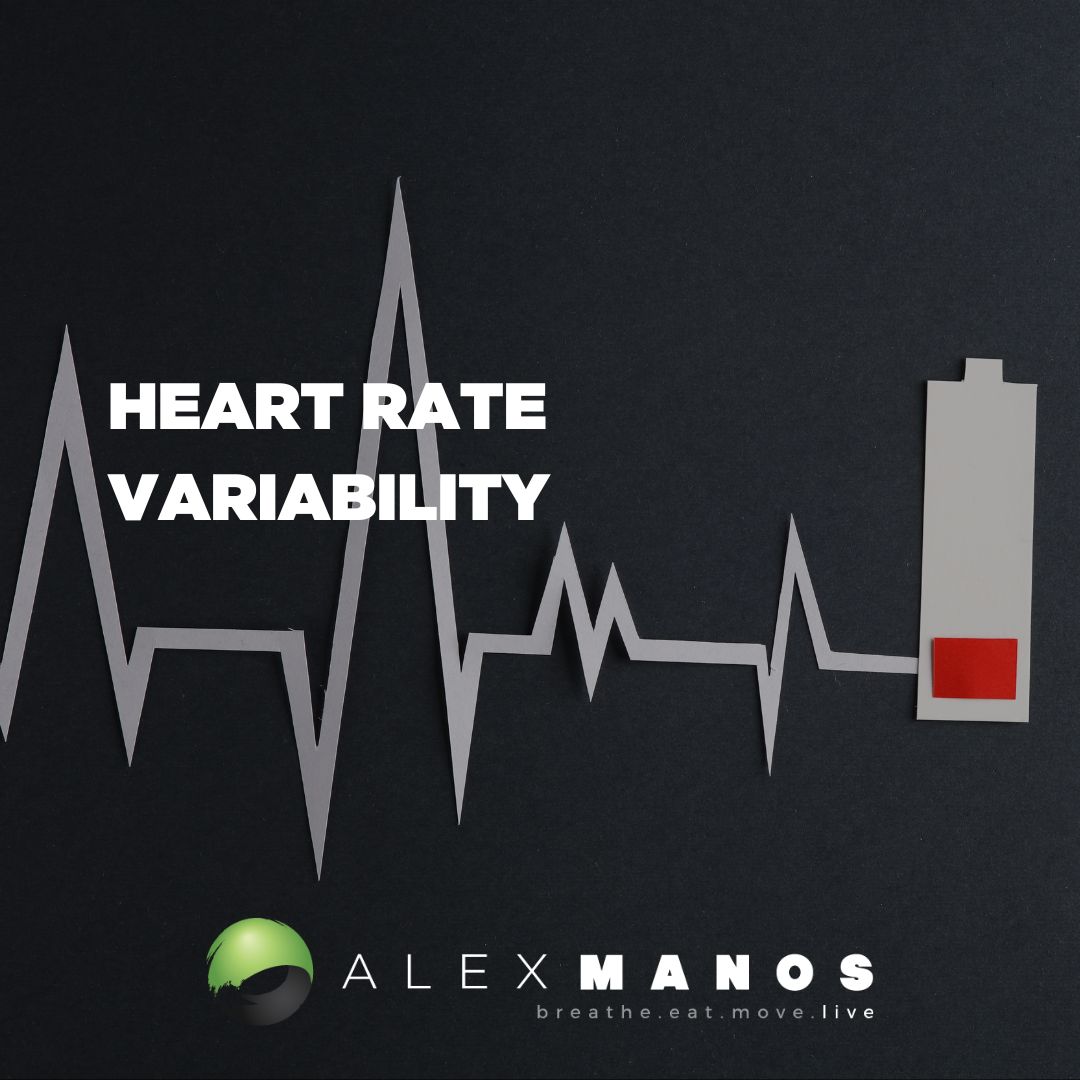Building Resilience Through HRV Monitoring
In the world of health and performance, resilience is becoming a key goal – the ability to adapt to, bounce back from, and even thrive through challenges. But building resilience isn’t just about mental grit; it also involves learning to manage physiological responses to stress. One of the most effective tools for tracking and enhancing resilience is Heart Rate Variability (HRV), a measure of the variation in time between heartbeats. By understanding HRV and learning how to track it, individuals can gain valuable insights into their body’s resilience and stress response, allowing for more targeted strategies to strengthen both mind and body.
You may like to check out my webinar on HRV which also forms part of The Resiliency Program.
What is Heart Rate Variability (HRV)?
Heart Rate Variability (HRV) measures the time variations between consecutive heartbeats, or the intervals between each “R” wave on an electrocardiogram (ECG). HRV is controlled by the autonomic nervous system (ANS), which regulates involuntary bodily functions, including heart rate, digestion, and respiration. The ANS has two main branches:
- Sympathetic Nervous System (SNS): Responsible for the “fight or flight” response, which accelerates heart rate in response to stress or threat.
Parasympathetic Nervous System (PNS): Responsible for the “rest and digest” response, which slows the heart rate and promotes relaxation and recovery.
HRV is a reflection of the balance between these two systems. When HRV is high, it generally indicates a more adaptable, balanced nervous system, whereas low HRV can indicate stress, fatigue, or reduced adaptability.
Why is HRV Important for Building Resilience?
Resilience isn’t just psychological; it’s also physiological. When we encounter stress, whether physical, mental, or emotional, our autonomic nervous system responds, preparing us to react. HRV provides a window into how effectively the body manages and recovers from stress, offering valuable insights for those interested in building resilience. Here’s why measuring HRV is so helpful for resilience:
HRV Reflects the Body’s Adaptability to Stress
High HRV signifies a flexible and responsive autonomic nervous system, which is better at handling both positive and negative stressors. For instance, someone with high HRV will likely recover more quickly after a stressful event, whether it’s a tough workout, a challenging project, or an emotional conversation. Low HRV, on the other hand, often indicates a body under strain, struggling to shift back to a resting state after stress. Monitoring HRV helps you assess your current capacity to handle stress and shows how resilient your body is to the demands of daily life.
Early Detection of Stress Accumulation
One of the most powerful aspects of HRV tracking is its ability to detect physiological stress before it’s consciously noticeable. HRV tends to decrease when the body is under sustained stress, even if we don’t “feel” it yet. This early warning allows people to make adjustments before burnout or other stress-related issues arise. For example, athletes often use HRV to determine whether they’re adequately recovered or pushing too hard in training, preventing injuries or overtraining. Similarly, tracking HRV can help anyone recognize when they need more rest, relaxation, or stress management.
HRV Helps Guide Recovery and Stress Management
Building resilience involves knowing when to push forward and when to rest. HRV data allows individuals to tailor their recovery and stress-management strategies according to their body’s current state. When HRV is low, it’s often a signal that the body could benefit from relaxation activities that activate the PNS, such as deep breathing, meditation, or light exercise. On days when HRV is high, it might be an indicator that you’re ready for more challenging activities. This self-awareness helps people stay within their optimal stress-recovery balance, essential for long-term resilience.
Training the Nervous System for Better Stress Response
Just as we train muscles, we can train our nervous system to improve its responsiveness and adaptability. Practices that have been shown to increase HRV include deep breathing exercises, meditation, and mindfulness practices, all of which encourage parasympathetic activation. HRV tracking allows you to monitor how well these practices are working over time, seeing improvements in baseline HRV levels and quicker recovery after stress. Improved HRV typically correlates with greater psychological resilience, as a flexible nervous system is better able to “bounce back” from stress.
Insight into Lifestyle Factors Affecting Resilience
HRV isn’t just influenced by stress and recovery; it’s also affected by lifestyle factors like sleep, nutrition, alcohol consumption, and exercise. By tracking HRV, individuals can identify the habits that positively or negatively affect their resilience. For instance, research shows that sleep quality has a significant impact on HRV, and insufficient or poor-quality sleep typically lowers HRV. Diet and hydration levels also play a role. Over time, HRV data reveals which habits are most supportive for resilience, allowing for more informed choices about lifestyle adjustments.
HRV as a Motivational Tool for Building Resilience
For those committed to improving resilience, seeing measurable progress can be highly motivating. Tracking HRV provides tangible evidence of physiological improvements over time, which can reinforce positive behavior changes. For example, if someone notices that meditation increases their HRV, they may be more likely to stick with the practice. When people see the effects of their efforts in their HRV data, it can create a positive feedback loop that encourages ongoing improvement in both mental and physical resilience.
How to Get Started with HRV Tracking
With today’s technology, tracking HRV is easier than ever. Many fitness wearables and apps can monitor HRV continuously or upon waking. Here are some tips to start using HRV data effectively:
Track Consistently
HRV fluctuates daily, so it’s helpful to track at the same time each day, ideally in the morning, for consistency.
Look for Patterns, Not Just Daily Changes
HRV can vary based on numerous factors, so it’s important to look for trends over weeks and months, not focus solely on daily fluctuations.
Use HRV to Guide Lifestyle Choices
Pay attention to how factors like sleep, hydration, exercise, and stress affect your HRV. Use this information to build habits that support your overall resilience.
Consider Recovery Interventions
When HRV is low, consider activities that promote parasympathetic activity, like deep breathing, mindfulness, or light exercise, to help restore balance.
Conclusion: HRV as a Tool for Resilient Living
Heart Rate Variability is more than just a number; it’s a dynamic indicator of how adaptable and resilient your body is to life’s demands. By measuring HRV, you gain insight into your body’s ability to handle stress, recover effectively, and adapt to both challenges and rest. This understanding empowers you to make informed decisions about your lifestyle, training, and recovery, ultimately building a resilient system that’s both physiologically and psychologically prepared to take on life’s challenges. (source)
As you track and improve your HRV, you’re not just investing in physical fitness or stress reduction – you’re investing in a more resilient, adaptable version of yourself.
Alex is a certified Functional Medicine Practitioner (IFMCP) and has a MSc in Personalised Nutrition. He is also a breathwork facilitator with a background in personal training and massage therapy. He also runs The Resiliency Program - a 24 week program aimed at building physical, mental, emotional, and spiritual resilience.





